Cost of Employee Turnover Starter Guide: Learn the Basics
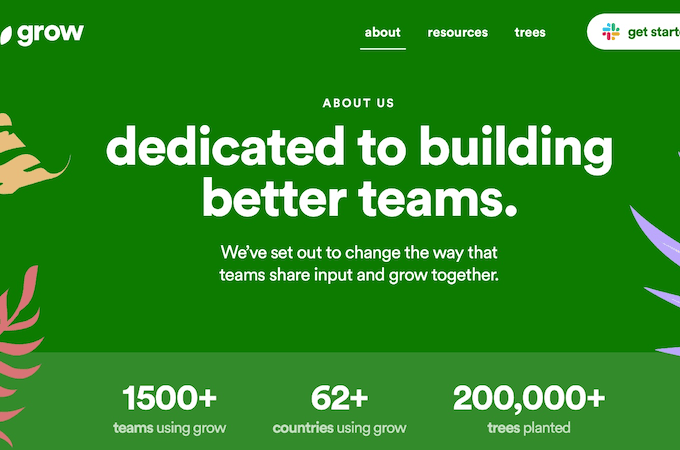
Employee turnover is the process of replacing one employee with another.
When someone quits their job, and then someone new is hired to fill that role, that’s turnover. Generally speaking, if companies have lots of turnover, it’s seen as negative because it means employees aren’t happy or there is a management issue.
Low turnover means that employees stay at a company for a long time, while high turnover means that people are being hired, leaving, and then companies have to rehire again often. This can impact profit, morale, and productivity, so it’s something most companies try to avoid.
Why Is There a Cost to Employee Turnover?
Because employee turnover impacts things like productivity, meeting goals, communication, and the overall culture, the costs can be very high.
In fact, a study by Work Institute found that it can cost as much as 33% of an employee’s annual salary to replace them. If we factor in the cost of hiring new employees and training them, the disruption to workflows and client work, and the effect it has on other employees and their productivity, this makes sense.
And without a bulletproof training program for new employees, there will ultimately be a learning curve and mistakes made by new hires in the beginning. If one role has lots of turnover, it’s unlikely that detailed and accurate notes are being kept on what the responsibilities are or what targets have been met. This makes it harder for someone to jump in and fill that role without making mistakes.
Plus, advertising for a new position can take time and money, especially if a company uses a paid job board. All these can add up to be very expensive, which is why employee turnover is usually seen as a bad thing and companies try so hard to avoid it.
What Causes Employee Turnover?
There are lots of factors that can contribute to an employee leaving a company.
If the turnover is fast, and people are leaving within a few months, more often than not, company culture is to blame. In a report by Jobvite, 28% of people who left within 90 days cited culture as the reason.
Employees will also leave if they don’t feel the compensation is high enough or they don’t feel valued. They might leave because they are under too much stress, feel unsupported, or they simply don’t like the job.
They might also leave if they find somewhere better. If they’re offered a job with a better salary, a better role, or even a better benefits package, employees will leave because they have more to gain by moving somewhere else.
Another big reason many employees leave is when they feel disengaged or lost. When employees don’t get any sort of training or personal development or aren’t offered any kind of promotion and growth at the company, they can feel burned out and unappreciated, pushing them to move to a company that values them more.
There are lots of reasons why turnover happens, but it usually comes down to employees not feeling valued and not getting what they want from a role.
How Can You Avoid Employee Turnover?
Avoiding employee turnover is the best way to lower costs.
Making employees feel valued, engaged, and giving them room to grow at a company are cheap, easy ways to build a better culture and encourage them to stay.
Making sure that benefit packages are attractive and that employees are fairly compensated will go a long way in convincing people not to leave. One-to-one meetings, and career development, will also help employees feel more engaged and less burnt out at work.
Regular check-ins and feedback sessions are also essential for reducing employee turnover. These sessions give employees a chance to share where they are struggling and how management can support them before they get to the point of leaving.
And creating a positive work culture where people are celebrated for their achievements and everyone is treated with respect is essential to making employees want to stay. This can be achieved by using employee feedback software, like Grow, to highlight employee success and achievements and make them feel valued.
How Can You Reduce the Costs of Employee Turnover?
Although reducing turnover itself is the best way to reduce the cost of turnover, there are three strategies you can put in place to limit the costs should the worst happen.
Here’s what you should consider doing to minimize the costs of hiring new employees:
Set Up Training Systems
One of the biggest costs associated with employee turnover is the cost of having to retrain employees every few months.
But having a detailed note-taking system that keeps all workplace systems, processes, and goals outlined will make it much easier for new employees to catch up and reduce how much time other team members have to spend training them.
The more detailed the onboarding systems and the more prepared your new hires are for their roles, the easier it will be to avoid costly mistakes or losing clients with each transition.
Put Support Systems in Place
Having a good employee support system will help you to stop turnover and reduce dissatisfaction, but it will also help you support new hires and team members when they feel morale is low.
It’s likely that some team members will have to take on extra work when one person leaves and new hires are coming in, so making sure that there is an open line of communication is essential to avoid overwhelm or burnout.
Having a safe space where employees can share any problems they need help with, and get support from management, will minimize mistakes made when new hires join and help you reduce turnover in the future.
Use Contracts That Give You Enough Time To Prepare
Obviously, you do need to check your state requirements for work laws and contracts, but try and make sure that the notice period for an employee to resign gives you enough time to find someone new. Most jobs require between two weeks to a month, and if you make this clear in your contract, you can put a system in place for hiring that reflects the resignation period.
Tools That Can Help Reduce Employee Turnover
Strategies for reducing employee turnover need to be ongoing, but this can get overwhelming without some kind of automation software.
Luckily, there are some great tools to help you keep employees engaged, make them feel supported, and give them ways to share any struggles they are facing. Here are our top recommendations:
Grow is a continuous feedback tool designed to give feedback, get feedback from employees and recognize and celebrate achievements. It gives users templates and suggestions they can give to each other, so it makes giving positive feedback fast and easy to implement into a daily routine.
This makes it a lot easier for busy managers to find time to celebrate their teams and to make sure they know they are valued. It also makes it easier for managers to track and receive feedback from employees, and it brings employees together in a culture of positive feedback. You can add Grow to Slack for free here.

Blueboard is an employee recognition tool that lets you celebrate employee wins and reward them with different experiences and gifts. It’s a great way to make employees feel really valued and helps them associate work with more than just stressful experiences. You can book a free demo here.

The Predictive Index is a method of analyzing and understanding employees based on their personalities and behaviors. This makes it easier for teams to communicate effectively, and for managers to understand how they can best support individual employees.
It also makes it a lot easier for managers to hire new people because the Predictive Index can help them predict who will fit well into the current teams and who is more likely to cause friction. You can try a demo for free here.
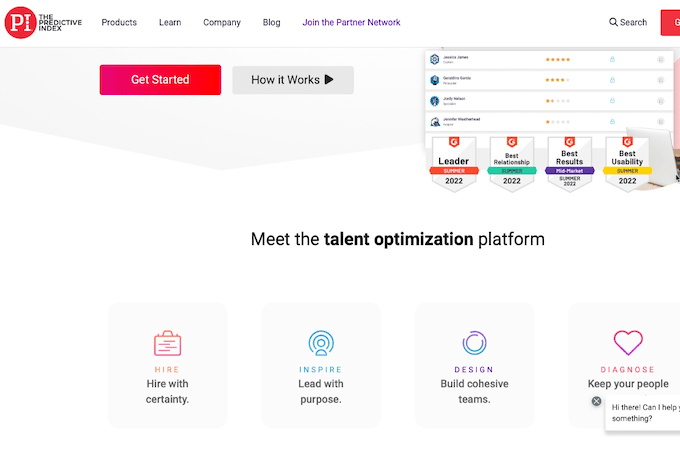
Tools That Can Help Reduce The Cost Of Employee Turnover
Although using tools to help you improve overall retention and avoid employee turnover is the best way to reduce costs, there are some tools that can help make the transition between hiring new employees easier and reduce the cost of lost business or training.
Here are our top picks for the best tools to help you minimize the costs of employee turnover:
Arya by Leoforce makes it easier to find, and hire, new employees. It uses AI technology to assess over 300 separate factors when recommending employees and is also able to overcome unconscious biases and help managers build more diverse teams.
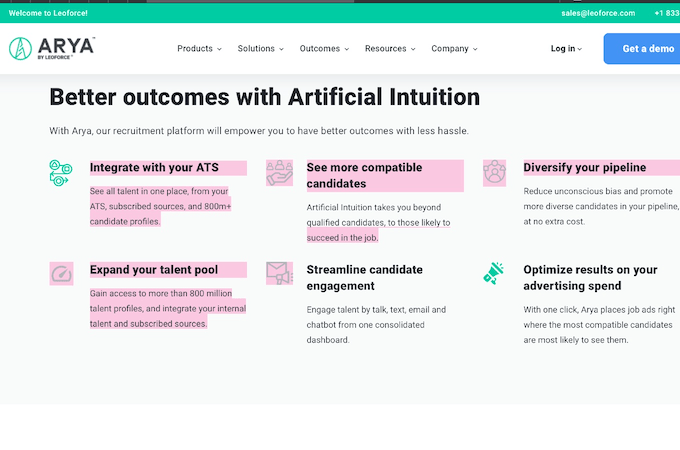
Wisnio is a tool that helps recruiters and managers use psychological tests and scores to hire the best people for jobs that fit both in the role and within the rest of the team. These tools help focus hiring decisions more on how someone will fit into a company’s culture than how qualified they are on paper for a role.
It uses tools like competency mapping and value alignment to reduce friction amongst employees and managers and create teams that not only work well together but also communicate more naturally and that enjoy collaborating on goals. You can get started with a free trial here.
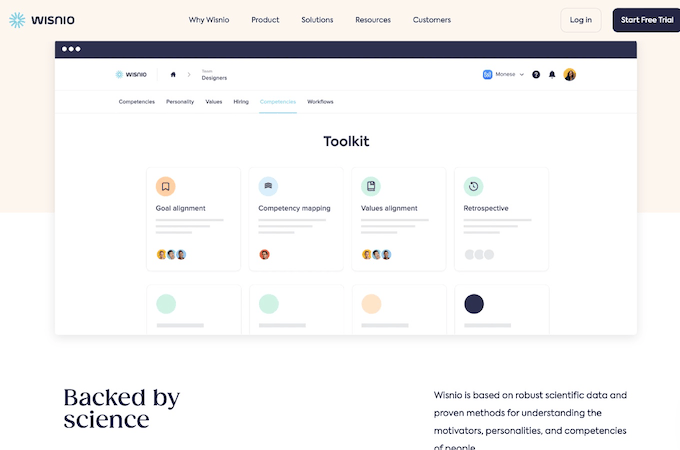
HireVue is an app that helps automate the hiring process and acts as a virtual assistant to hiring managers. This can make the process up to four times faster and help reduce how much time it takes to fill a role when someone leaves.
It helps to reduce the time taken to schedule interviews, vet candidates, and follow up with potential employees. You can try a demo for free here.
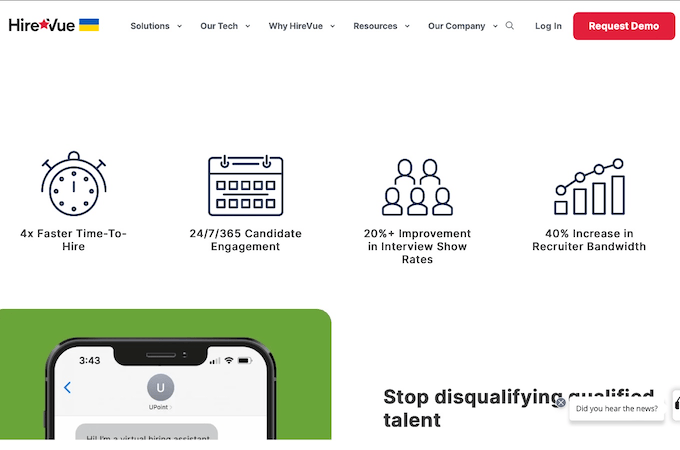
Final Thoughts About the Cost of Employee Turnover
The cost of employee turnover is inevitable, but it can be managed by having good strategies in place. At the end of the day, the best way to cut costs is to reduce turnover altogether. No company should be seeing a high level of turnover, and if they are, it’s time to make some serious changes to how they manage and support employees.
By reducing employee turnover, companies become more productive, efficient, effective, and profitable. If you want to start supporting employees better to reduce future turnover, you might want to consider adding perks at the office or setting up better onboarding processes to make new hires feel more welcome.